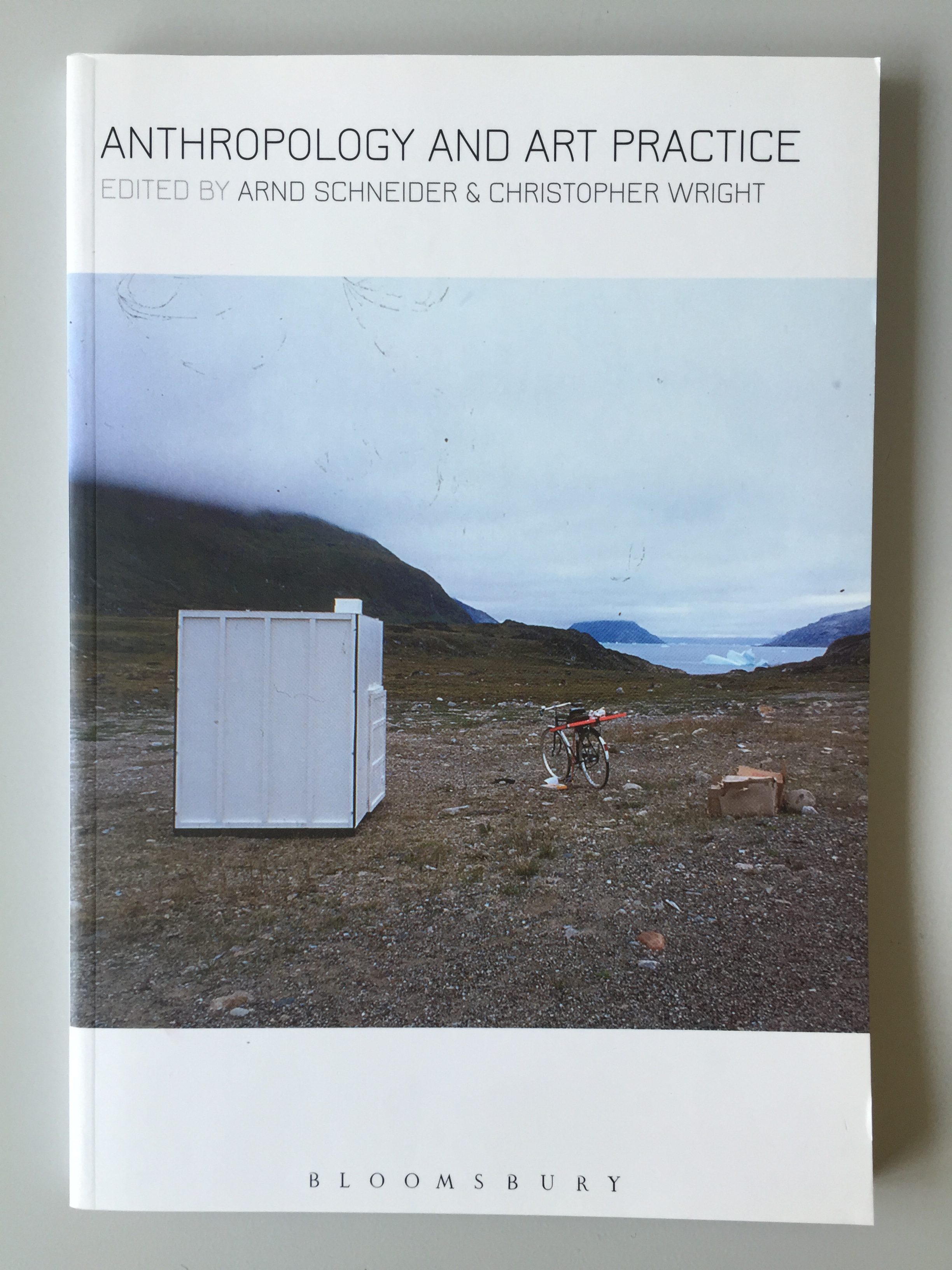THE INUVIALUIT LIVING HISTORY PROJECT
In 2009, Inuvialuit Elders, youth, seamstresses, cultural experts, and media producers from the Inuvialuit Settlement Region in the Canadian north traveled with a group of anthropologists, archaeologists, and educators from the south to research and document the Smithsonian’s MacFarlane Collection at the National Museum of Natural History. This collection is arguably the most significant assemblage of Inuvialuit material heritage in a museum or private collection. Purchased by Hudson’s Bay Company trader Roderick MacFarlane at Fort Anderson in the Canadian western arctic in the 1860s, it became one of the Smithsonian Institution’s founding collections (Morrison 2006). Following the delegation’s exploration and documentation of the collection, the team worked together over two years to produce a virtual exhibit that presents the MacFarlane Collection from an Inuvialuit perspective. “Inuvialuit Pitqusiit Inuuniarutait: Inuvialuit Living History” (launched in 2012) presents connects documentary footage of Inuvialuit engagement with the collection with object records, community knowledge, and related media. The project is a starting point for ongoing Inuvialuit engagement with their heritage in the Smithsonian’s collections and beyond. It represents mobilization of the Reciprocal Research Network’s API and research into the potential of new digital heritage networks to make museum collections available and useful for communities of origin.
This was a collaboration between the Inuvialuit Cultural Resource Centre and the Smithsonian Arctic Studies Center. Core funding for this project was received from IPinCH (Intellectual Property Issues in Cultural Heritage) and the Museums Assistance Program. A full list of partners and funders can be found here.
 LISTEN to members of our team discuss our collaboration, goals, and challenges in a podcast produced by IPinCH.
LISTEN to members of our team discuss our collaboration, goals, and challenges in a podcast produced by IPinCH.
Related Publications:
(2013, In Press) Kate Hennessy, Natasha Lyons, Stephen Loring, Charles Arnold, Mervin Joe, Albert Elias, James Pokiak. The Inuvialuit Living History Project: Digital Return as the Forging of Relationships Between Institutions, People, and Data. Museum Anthropology Review (Special Issue on “Digital Return”).
2012 Natasha Lyons, Kate Hennessy, Mervin Joe, Charles Arnold, Stephen Loring, Albert Elias, James Pokiak. The Inuvialuit Living History Project. The Society for American Archaeology Record (Forum on International Collaborations with Indigenous Groups), Fall 2012: 43-46. [Download SAA Archaeology Record Int’l Collaboration Section]
2012 Kate Hennessy, Ryan Wallace, Nicholas Jakobsen, and Charles Arnold. Virtual Repatriation and the Application Programming Interface: From the Smithsonian Institution’s MacFarlane Collection to Inuvialuit Living History. Museums and the Web 2012: Proceedings, San Diego: Archives & Museum Informatics (April 2012).http://www.museumsandtheweb.com/mw2012/papers/virtual_repatriation_and_the_application_progr




















